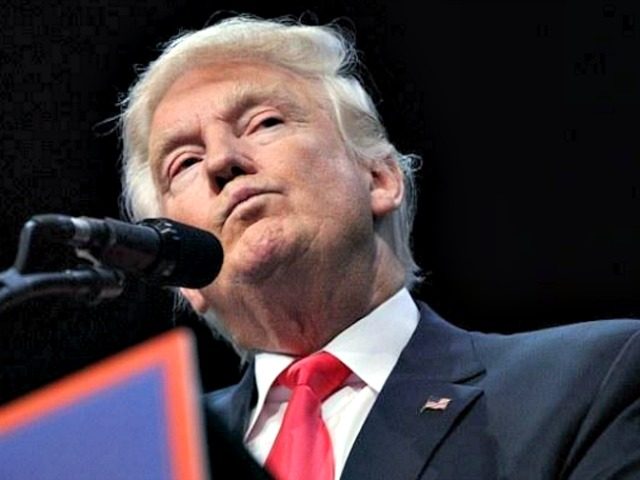President Donald Trump and his team are weighing their options in the legal challenge to his executive order (EO) regarding foreigners from seven terror-prone nations in the aftermath of an adverse appellate ruling: considering taking the case up to the Supreme Court, taking it back down to the trial court, keeping it at the appeals court for a rehearing, or issuing a new EO.
President Trump issued EO 13769 on Jan. 27, 2017. The states of Washington and Minnesota sued. Judge James Robart of the U.S. District Court for the Western District of Washington issued a temporary restraining order (TRO) on Feb. 3, blocking the EO. Then on Feb. 9, a three-judge panel of the U.S. Court of Appeals for the Ninth Circuit denied an emergency motion from the Justice Department to stay that TRO, keeping it in place.
The Trump administration has three legal options.
The first is to focus their efforts on the Western District of Washington, which next week will receive legal briefs on the plaintiff states’ motion for a preliminary injunction (PI) which delve into the legal merits of the ten-count lawsuit, and then replace the TRO with a PI that would last until the end of this litigation — a process that could take over a year.
The second is to ask the Ninth Circuit to rehear the case en banc. In the other twelve federal appeals courts across the nation, rehearing a case en banc means that all active-service judges would hear the case together, then issue a new opinion that replaces the one handed down by the three-judge panel.
But the Ninth Circuit is so vastly oversized (with 29 judicial seats) that when that court rehears a case en banc, it means a rehearing before an 11-judge panel. One Ninth Circuit judge today took the unusual step of acting without a motion from the losing party, calling upon the San Francisco-based appeals court to vote internally on whether to take the case en banc.
The third option is to apply to Justice Anthony Kennedy (who has jurisdiction over the Ninth Circuit) to issue an emergency stay of the lower court decision for the time being, a possibility reportedly floated by White House Chief of Staff Reince Priebus, contradicting earlier reports from other officials.
None of these options are attractive. Judge Robart clearly believes EO 13769 is unconstitutional. The Ninth Circuit is tied with the Fourth Circuit as the most liberal appeals court in America, so an 11-judge panel decision is likely to be as hostile as the current three-judge panel decision. It’s extremely rare for the Supreme Court to issue emergency stays under these circumstances, and it might be an uphill climb to win at the Supreme Court before Neil Gorsuch is confirmed as the ninth justice.
One non-legal option recommended by some experts is for President Trump to issue a new EO that amends EO 13769 to remove its most legally problematic provisions, such as the fact that it currently applies to foreigners who are lawful permanent residents (green-card holders) in the United States who are traveling overseas. By narrowing the scope and reach of the EO, the TRO would likely not apply, and it’s more likely that a court will uphold the new order.
The White House is expected to decide early next week which course it will pursue. The case is Washington v. Trump.
Ken Klukowski is senior legal editor for Breitbart News and a fellow with the American Civil Rights Union. Follow him on Twitter @kenklukowski.

COMMENTS
Please let us know if you're having issues with commenting.